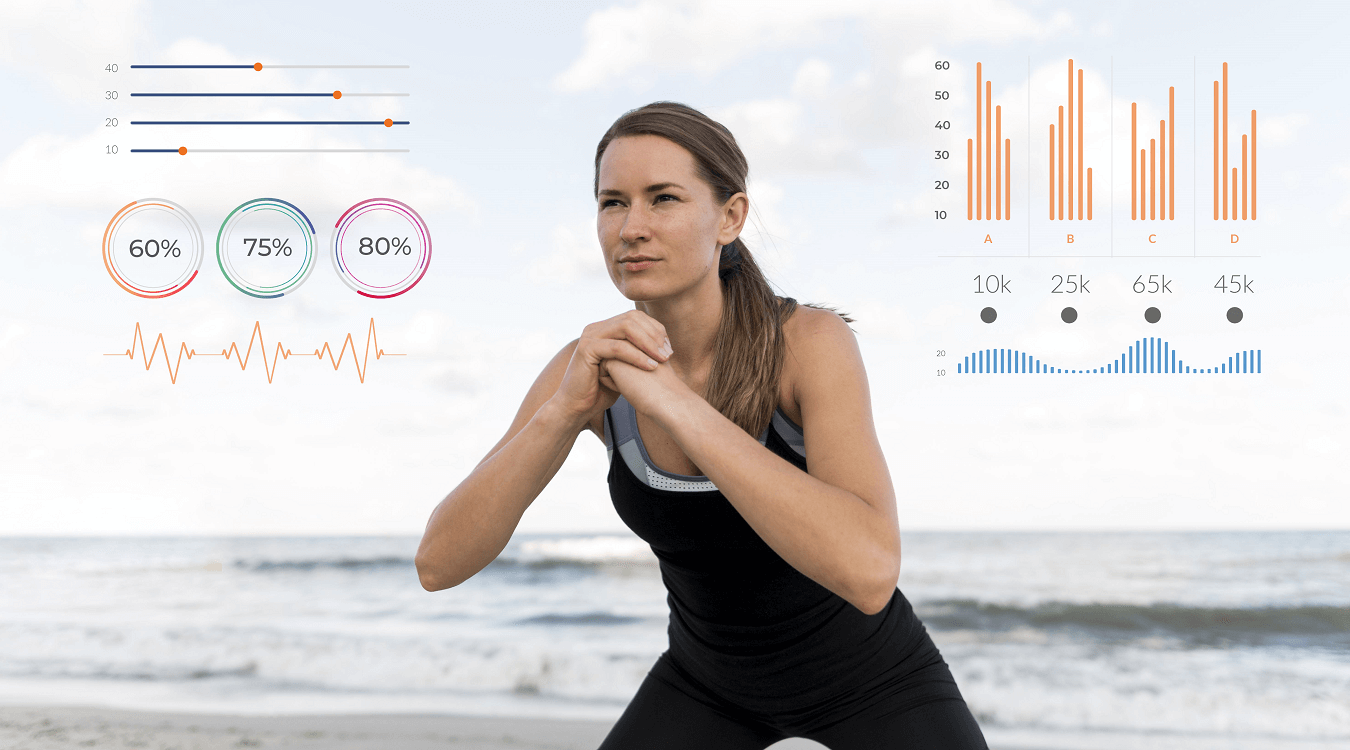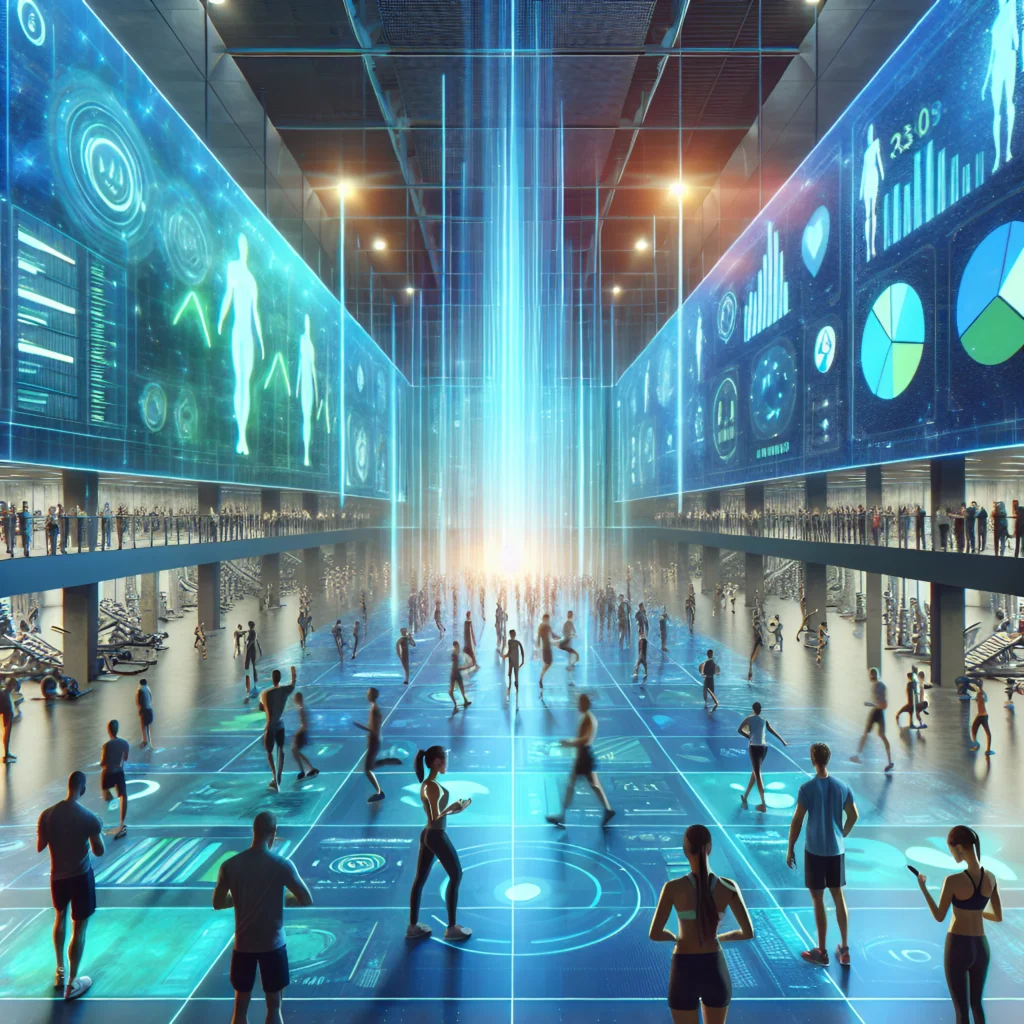Explore The Future: Your Guide To The Internet Of Bodies (IoB)
Is the future of healthcare already here, silently collecting data and analyzing our every physiological nuance? The Internet of Bodies (IoB) isn't a futuristic fantasy; it's a rapidly evolving reality, transforming how we understand and interact with our own health.
Welcome to iofbodies.com, your digital guide to navigating the fascinating and sometimes complex world of the Internet of Bodies (IoB). We aim to empower individuals with knowledge and insights about this transformative technology. The IoB represents a significant paradigm shift, leveraging interconnected devices and sophisticated sensors to gather and interpret a vast array of biometric data directly from individuals. This data encompasses a wide spectrum of physiological parameters, from vital signs like heart rate and blood pressure to sleep patterns, physical activity levels, and even more intricate physiological markers. Our analysis delves into the core of IoB, exploring the intricacies of its protocols and breaking down the key building blocks that underpin its functionality.
The Internet of Bodies (IoB) can be considered as the convergence of technology, data analytics, and behavioral science. The advancements in IoB protocols represent a marked leap forward from traditional IoT frameworks. At its heart, the IoB is founded upon the concept of capturing, transmitting, and analyzing human physiological data, all with the ultimate goal of improving health outcomes. Although the platform may not yet be a household name in mainstream media, iofbodies.com has emerged as a digital gateway, potentially facilitating the management of biometric identification systems, workforce data, or digital body mapping in organizational settings. The practical applications of IoB are already transforming healthcare, patient monitoring, and the pursuit of personalized medicine, with a growing range of devices, from wearable fitness trackers to implantable medical devices, leading the charge.
To provide a clearer understanding of the scope and impact of the IoB, let's consider a practical application: Personalized Wellness Coaching. This is just one example of how the Internet of Bodies is reshaping our approach to individual health.
| Category | Details |
|---|---|
| Application Area | Personalized Wellness Coaching |
| Description | Utilizing wearable devices (fitness trackers, smartwatches, etc.) and potentially ingestible sensors to collect real-time biometric data. This data is then analyzed by sophisticated algorithms, often powered by AI, to provide personalized recommendations for diet, exercise, and lifestyle adjustments. |
| Data Collected |
|
| Benefits |
|
| Examples of Devices/Platforms |
|
| Ethical Considerations |
|
| Future Trends |
|
| Reference Website (for further research) | Whoop |
IoFbodies.com serves as a portal into the future, accelerating innovation in research and development, aiding in hypothesis testing, and facilitating complex simulations. This will allow scientists to streamline development cycles, leading to more rapid breakthroughs and advancements across a broad range of disciplines. The goal is to facilitate the building blocks of IoB by focusing on the areas that can yield maximum value to the target audience.
In healthcare, the significance of accurate and timely medical diagnosis cannot be overstated. It forms the bedrock upon which effective treatment plans are constructed, ensuring patients receive the care they need. However, traditional medical diagnosis has often been challenged by subjective assessments and limited data sources. The Internet of Bodies is causing a revolution in personal health by integrating digital technology with the human body. This emerging field, a further advancement of the Internet of Things (IoT), encompasses connected devices that collect, analyze, and interpret vast amounts of physiological data.
Human augmentation, once confined to the realms of science fiction, is rapidly becoming a reality, its integration with the Internet of Things (IoT) creating unprecedented possibilities. The fusion of artificial intelligence, machine learning, and biotechnology has led to IoB's emergence as a groundbreaking concept, promising to revolutionize how humans interact with technology. This evolution extends the IoT to include connected humans, thereby transforming the very nature of individual and collective health. The IoB represents a groundbreaking leap in technology, merging human physiology with digital networks. This emerging field expands the Internet of Things to incorporate wearable, implantable, and ingestible devices that interact directly with the human body. From fitness trackers to smart pacemakers, IoB devices are reshaping healthcare, personal wellness, and even pushing the boundaries of what's possible.
The advancements in bioelectronic devices are a groundbreaking shift in how humans interact with technology, blurring the lines between biology and machinery. At the center of this evolution is the IoB, driving the next frontier in connected technology. These wearable devices offer a wealth of features, from heart rate monitoring to activity tracking, providing users with valuable insights into their own bodies. With continual advancements in technology, iofbodies.com applications are set to expand their compatibility, paving the way for innovative solutions tailored to individual needs. The future of iofbodies.com applications is poised for exciting advancements. The IoB market is projected to reach significant heights, and iofbodies.com applications are poised to lead this healthcare technology revolution. These applications provide innovative ways to track health metrics, manage fitness goals, and create tailored nutrition plans through advanced biosensor integration.
To further illustrate the impact of IoB, consider the specific application of Remote Patient Monitoring (RPM):
| Category | Details |
|---|---|
| Application Area | Remote Patient Monitoring (RPM) |
| Description | Utilizing connected devices to monitor patients' health data outside of traditional clinical settings. This allows for continuous monitoring, proactive interventions, and improved patient outcomes. |
| Data Collected |
|
| Benefits |
|
| Examples of Devices/Platforms |
|
| Ethical Considerations |
|
| Future Trends |
|
| Reference Website (for further research) | National Center for Biotechnology Information |
IoFbodies.com is committed to ensuring the ethical use of emerging technologies, protecting user data from potential breaches, and balancing innovation with user rights. As digital platforms expand into diverse fields, ethical questions surrounding their practices and services often arise.
In the realm of healthcare, the power of accurate and timely medical diagnosis cannot be overstated. It serves as the cornerstone upon which effective treatment plans are built, guaranteeing that patients receive the necessary and proper care. However, the process of medical diagnosis has traditionally encountered challenges, relying heavily on subjective assessments and limited data sources. The Internet of Bodies (IoB) is causing a revolution in personal health by integrating digital technology with the human body. This emerging field, an extension of the Internet of Things (IoT), incorporates interconnected devices that collect, analyze, and interpret. Human augmentation, once a concept confined to science fiction, is rapidly becoming a reality with its integration with the Internet of Things (IoT).
In this new era where the fusion of artificial intelligence, machine learning, and biotechnology is no longer the realm of science fiction, the Internet of Bodies (IoB) is emerging as a groundbreaking concept that promises to revolutionize how humans interact with technology. This evolution extends the realm of the Internet of Things (IoT) to include connected humans, effectively transforming individuals. The IoB represents a groundbreaking leap in technology, seamlessly merging human physiology with digital networks. This emerging field extends the Internet of Things to encompass wearable, implantable, and ingestible devices that interact directly with the human body. From fitness trackers to smart pacemakers, IoB devices are reshaping healthcare, enhancing personal wellness, and even pushing the boundaries of human potential.
Consider the ethical implications of the IoB, particularly surrounding data privacy and security. As IoB devices collect increasingly sensitive data, ensuring its confidentiality and protecting it from unauthorized access is paramount. Robust security measures, including encryption and secure data storage, are essential. Transparency with users about data collection practices and obtaining informed consent are critical. Furthermore, it is essential to address potential biases in algorithms used to analyze IoB data. These biases could arise from the data itself or the algorithms used to interpret it, leading to unfair or inaccurate conclusions. Regular audits and efforts to ensure data diversity are crucial. IoB applications face challenges such as ensuring the ethical use of emerging technologies, protecting user data from potential breaches, preventing algorithmic bias, and balancing innovation with user rights. As digital platforms expand into diverse fields, ethical questions concerning their practices and services inevitably arise.
The future of iofbodies.com applications is poised for exciting advancements. Through biosensor integration, the applications provide innovative ways to track health metrics, manage fitness goals, and create tailored nutrition plans. The advent of bioelectronic devices signifies a groundbreaking shift in how humans interact with technology, blurring the lines between biology and machinery.
Let's delve into Neural Engineering, a key area where IoB is making significant strides:
| Category | Details |
|---|---|
| Application Area | Neural Engineering |
| Description | The application of engineering principles to understand, repair, replace, enhance, or otherwise interface with the nervous system. This includes brain-computer interfaces, neuroprosthetics, and targeted drug delivery systems. |
| Data Collected/Interfaced |
|
| Benefits |
|
| Examples of Devices/Platforms |
|
| Ethical Considerations |
|
| Future Trends |
|
| Reference Website (for further research) | Journal of NeuroEngineering and Rehabilitation |
IoFbodies.com aims to provide a comprehensive resource for exploring the rapidly evolving field of the IoB. From the basics of how IoB devices work to the ethical considerations surrounding their use, we strive to equip individuals with the knowledge needed to navigate this transformative technology. Our focus remains on providing empowering information.
The exploration of the Internet of Bodies (IoB) reveals its multifaceted nature, highlighting both the potential benefits and the ethical complexities it presents. This technology, which extends the Internet of Things (IoT) to the human body, holds the promise of revolutionizing healthcare, wellness, and the way we interact with technology. The applications of IoB are vast and varied, ranging from remote patient monitoring to personalized wellness coaching and groundbreaking neural engineering. As IoB continues to evolve, it is essential to approach it with both enthusiasm and caution, recognizing the potential for significant societal impact and the importance of addressing the challenges and ethical considerations that come with it.


